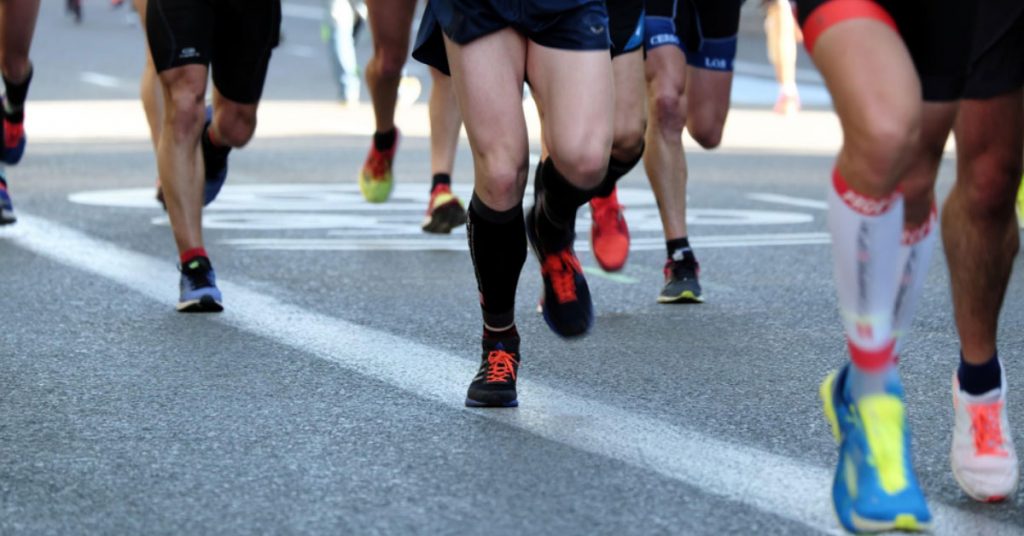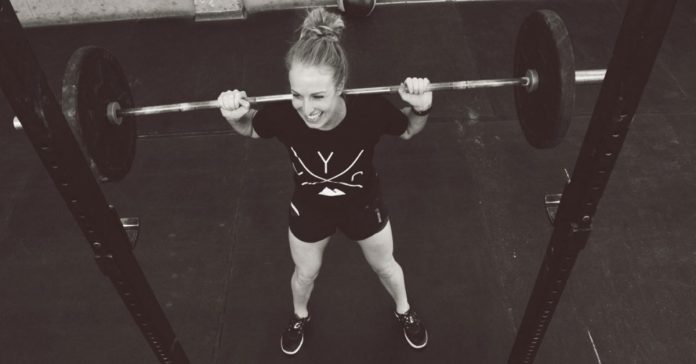Running is a sport that requires coordination, core stability, leg strength, and agility. Strength training should be a fundamental part of any runners routine because it increases muscle, reduces the risk of injury, and improves mobility in the joints. When you prioritize proper weight lifting, you strengthen the muscles that are used in running. These muscles allow you to run faster and further while exerting less energy.
When you begin your strength training journey, there are important elements that are crucial for success. First, it is important that you target the proper muscle groups when looking to enhance your running. Second, it is important that you focus on the core benefits of strength training. The core benefits include improving overall balance, coordination, and strength. In this article, we will discuss what muscle groups will enhance your running and the fundamental benefits of strength training for runners.
Target Muscle Groups
It is important that runners target muscle groups that will help them become faster and more efficient. As you begin strength training, you will have to determine how to integrate strengthening into your weekly routine. Most researchers state that 2-3 days of strength training is optimal for runners. Make sure to time your training sessions correctly based on when you are planning to do your speed workout and the long run of the week. Although some runners do HIIT workouts, you will see increased benefits from focusing on muscle groups through low impact movements. In the next paragraphs, we will discuss the muscle groups that all runners should strengthen.
Gluteus Maximus
The gluteus maximus is the largest group of muscles in the entire body. Although this muscle is the largest, it is not always the strongest. The buttocks muscles help create alignment across the entire body. When you align your body, you improve your posture. Alignment decreases the likelihood of unnecessary strain impacting the pelvis and the shins. Some of the best gluteus maximus movements include:
- Hip Bridges
- Squats
- Single-Leg Deadlift
- Leg Raises
Since the gluteus is the base of your core, it creates stability that allows you to move with comfort and ease.
Core
The core helps to stabilize the entire body, allowing movement to be fluid and calculated. The term “core” refers to a combination of different muscles including the pelvic floor muscles, diaphragm, abdominis, obliques, and rectus abdominis. All of your limbs are anchored into the base of your core; it is the foundation that provides strength and coordination for every movement. Some effective core exercises include:
- Plank
- Bicycle Abs
- V-Ups
- Mountain Climbers
When movement can be calculated and stable, less energy will be exerted because the body is not working to regain balance. When fatigue hits, runners struggle to stay upright and maintain proper posture. A strong core helps runners to remain upright, maintain a proper form, and stay balanced.
Quadriceps
As a runner, you activate your quads as you move your legs in a forward motion. Your quadricep helps absorb the shock that occurs when your foot makes contact with the ground. The quadriceps are a group of four muscles that make up the front of your thigh. Some of the best quad exercises include:
- Bulgarian Split Squat
- Leg Press
- Leg Extension
Quads help to power and energize each step you take. By strengthening your quads, you can go further, faster.

Core Benefits of Strength Training for Runners
There are many ways that strength training increases one’s capabilities as a runner. When your legs, core, and upper body are firm and strong, you are less likely to suffer an injury due to lack of coordination or instability. In the following section, we will discuss three core benefits of strength training for runners.
Greater Efficiency and Endurance
If you are a runner, you know that it is difficult to maintain proper form and resiliency at the end of a long run. When you invest in strengthening your muscles, you are able to maintain proper form for a longer period of time. Gaining strength allows your body to complete tasks with less energy. When your legs are stronger, it requires less energy to move them fluidly. Towards the end of a long run, many runners experience extreme fatigue. Creating larger muscles allows you to run further without fatigue.
Injury Prevention
Injury prevention is one of the main reasons why runners should consider strength training. Running is a high impact sport; your feet are constantly pounding against the pavement and that impacts your entire body. Having strength allows you to have resiliency in your steps. When you strength train, you are creating a strong foundation of strength for your entire body. Joints and muscles continue to strengthen and develop, increasing your level of functional fitness.
Toning Muscle = Burning Calories
If you compare the two side by side, weightlifting typically burns less calories per hour than running does. When your body has more muscle than fat, your metabolism is activated and you continue burning fat throughout the day. Muscle mass and muscle tissue continue to burn more calories even while they are at rest. Fat does not burn calories in a resting state.
Summary
Strength training is a necessary practice for runners. Not only does strength training increase muscle mass, but it also allows you to run further without experiencing fatigue. Muscle continues to burn fat even in a rested state. You can decrease your risk of injury by improving your posture and increasing your resiliency. Whether you choose to go to the gym or workout at home, prioritize integrating at least two strength sessions into your weekly routine.


